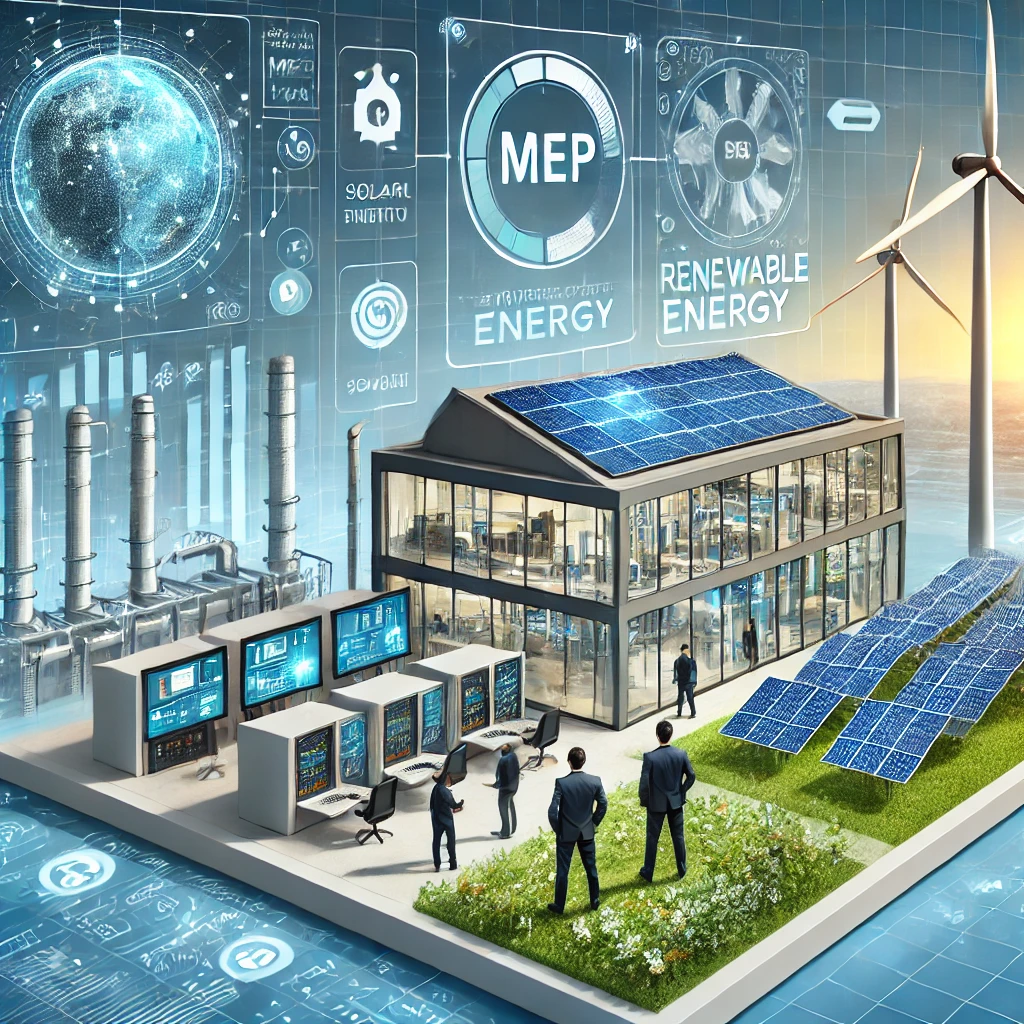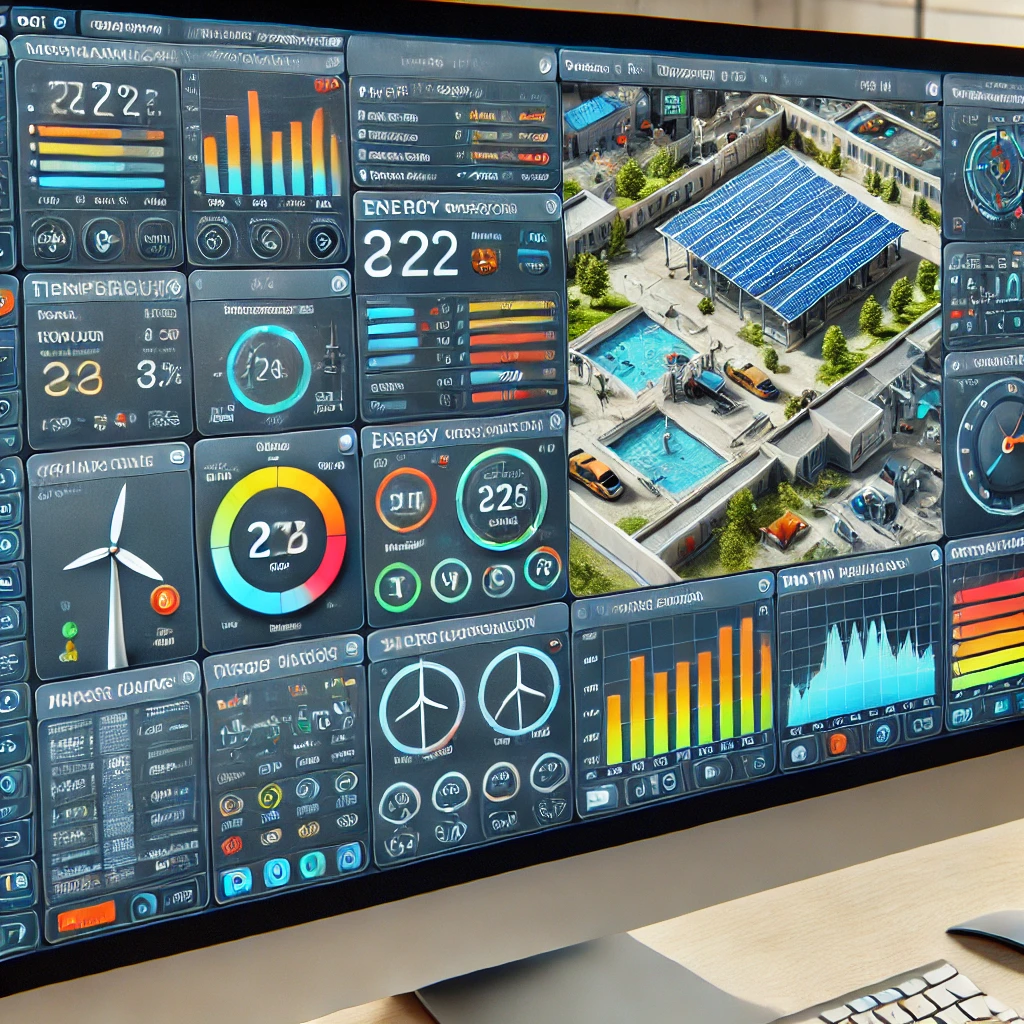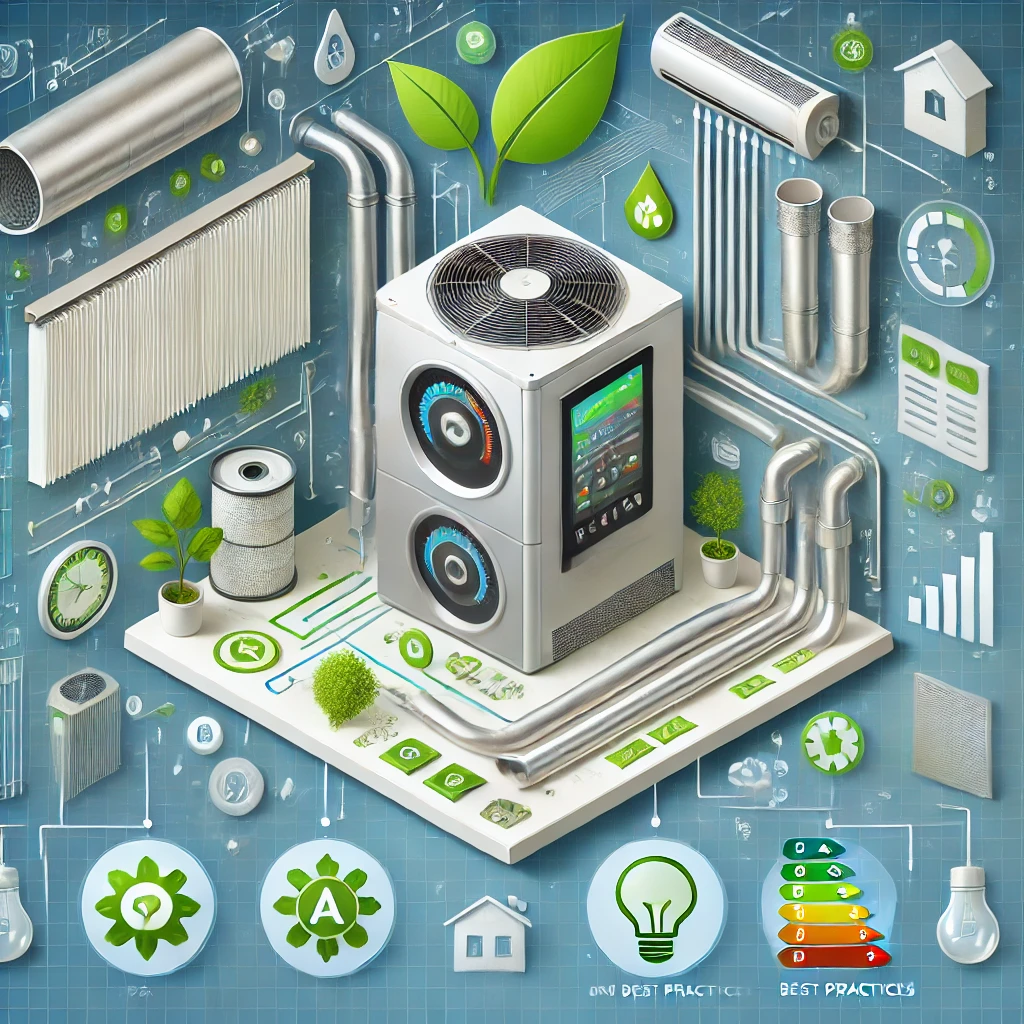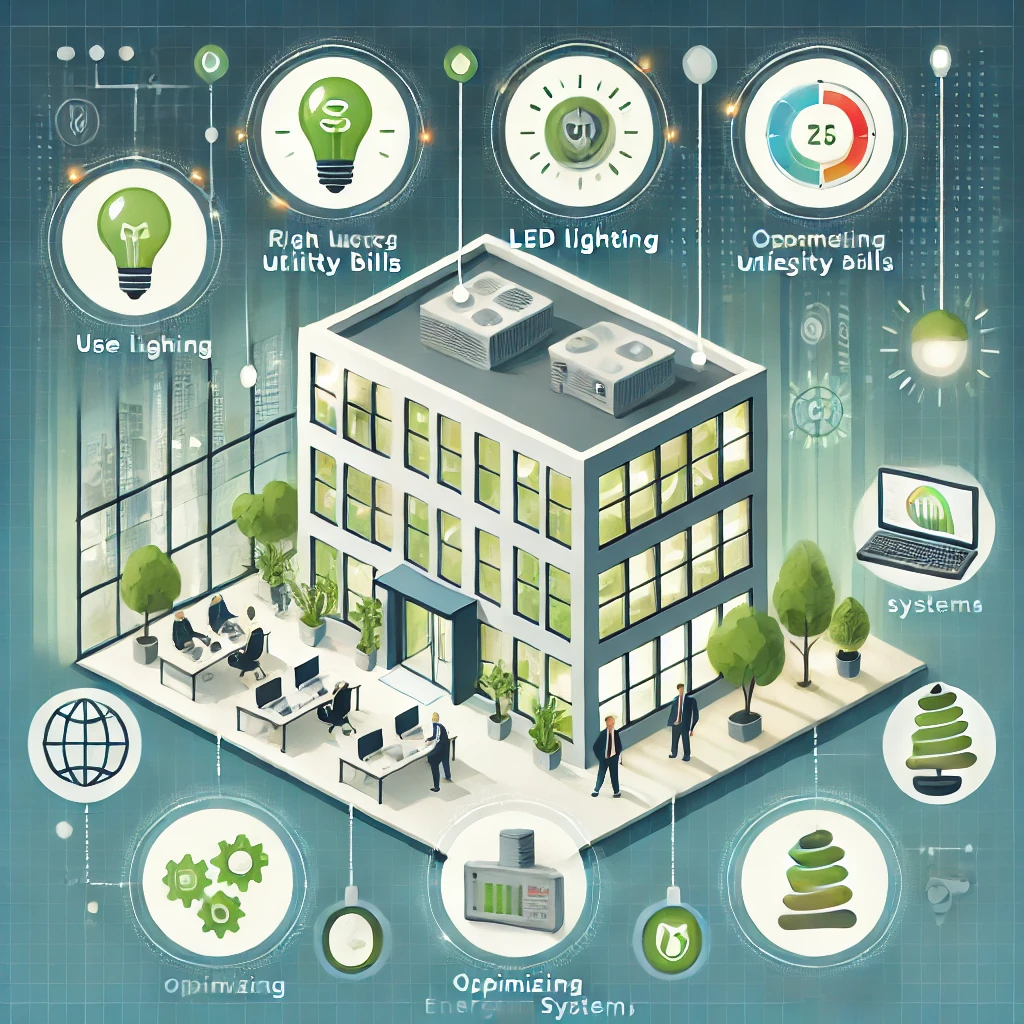The Intersection of MEP Engineering and Renewable Energy Integration

As the global demand for sustainable solutions continues to rise, the intersection of Mechanical, Electrical, and Plumbing (MEP) engineering with renewable energy technologies is becoming increasingly critical in the design and operation of modern buildings. MEP engineers are essential in incorporating renewable energy systems into building designs, optimizing energy use, and reducing the overall carbon footprint. This integration not only enhances building efficiency but also aligns with green building certifications like LEED, which prioritize sustainability and energy conservation. Here's how MEP engineering and renewable energy are converging to shape the future of building design.
Renewable Energy Systems in MEP Design
The primary focus of MEP engineers when integrating renewable energy systems is to ensure that these technologies function harmoniously with traditional mechanical, electrical, and plumbing systems. Common renewable energy sources being integrated include:
- Solar Photovoltaic (PV) Systems: Solar PV panels are increasingly being integrated into buildings for onsite energy generation. MEP engineers are responsible for the electrical design and system placement to optimize solar energy capture. This requires careful coordination of electrical grids, inverters, and battery storage systems to maximize efficiency and meet the building's energy demands.
- Geothermal Heating and Cooling Systems: Geothermal systems provide energy-efficient heating and cooling by leveraging the Earth's constant underground temperatures. MEP engineers design and install geothermal heat pumps that circulate water or refrigerants through a system of buried pipes to regulate indoor climate. This reduces the need for conventional HVAC systems and significantly lowers energy consumption.
- Wind Energy Integration: In areas with suitable wind conditions, small-scale wind turbines can be incorporated into building designs. MEP engineers design electrical systems to integrate wind energy into the building’s power supply, ensuring seamless distribution and storage of energy for building operations
Energy Efficiency and Load Management
A key role of MEP engineers is optimizing energy consumption in buildings, especially when renewable energy systems are part of the design. This involves:
- Energy Storage Solutions: MEP engineers integrate battery storage solutions with renewable energy sources like solar or wind, allowing buildings to store excess energy for later use. Energy storage systems improve energy resilience by providing power during peak usage times or grid outages.
- Load Balancing and Demand Response: Buildings equipped with renewable energy systems often produce energy intermittently (e.g., solar panels generate power during the day). MEP engineers design electrical systems that balance the building’s energy load between renewable sources, battery storage, and the traditional electrical grid. Smart building systems are often used to adjust energy consumption based on real-time demand, reducing reliance on fossil fuels during peak hours.
Energy Efficiency and Optimization
IoT-enabled MEP systems contribute to enhanced energy efficiency by allowing for the precise control and optimization of energy-consuming components.
- Smart Energy Management: IoT devices provide detailed data on energy consumption patterns. This allows building managers to optimize energy use, reducing waste during low-occupancy periods or adjusting HVAC and lighting systems based on occupancy and environmental conditions.
- Automated Adjustments: IoT-driven building management systems can automatically adjust lighting, heating, and ventilation based on sensor data. For example, lighting systems can dim or turn off in unoccupied areas, and HVAC systems can adjust temperatures based on real-time occupancy data.
- Renewable Energy Integration: IoT technologies facilitate the integration of renewable energy sources like solar panels by optimizing their performance based on demand, weather conditions, and building energy needs. This can reduce dependency on grid power and improve the overall sustainability of a building
Integration with Building Management Systems (BMS)
A Building Management System (BMS) serves as the central hub for managing various building operations, including HVAC, lighting, and security. MEP engineers play a crucial role in ensuring that renewable energy systems are effectively integrated with the BMS for enhanced energy efficiency and control:
- Smart Energy Monitoring: MEP engineers configure the BMS to monitor energy production from renewable sources, track building energy consumption, and optimize energy use. For example, the BMS can prioritize renewable energy usage when available, switching to the grid only when necessary.
- Automated Climate Control: Renewable energy can be directly linked to heating and cooling systems, such as solar thermal systems for water heating or geothermal heat pumps for air conditioning. The BMS controls when and how these systems operate, ensuring that energy is used efficiently and that renewable energy is maximized.

Challenges in Renewable Energy Integration
While the benefits of integrating renewable energy into MEP systems are clear, there are challenges that engineers must address:
- Intermittent Energy Production: Renewable energy sources like solar and wind are weather-dependent, leading to fluctuations in energy production. MEP engineers must design systems that can store or supplement this energy with reliable sources to ensure uninterrupted building operations.
- System Complexity: The integration of multiple renewable energy technologies can increase the complexity of MEP designs. Engineers must coordinate electrical, mechanical, and plumbing systems to ensure seamless interaction between renewable energy systems and traditional building infrastructure.
- Regulatory Compliance: MEP engineers must navigate building codes and regulations related to renewable energy integration, including safety standards for installing systems like solar panels or wind turbines.
Sustainability and Environmental Impact
The integration of renewable energy into MEP systems directly supports the sustainability goals of modern buildings:
- Reduced Carbon Emissions: By incorporating renewable energy sources, MEP engineers help reduce a building’s reliance on fossil fuels, thus lowering its carbon emissions. This is critical for meeting sustainability benchmarks such as net-zero energy goals.
- LEED and Green Building Certifications: MEP engineers play a vital role in helping buildings achieve certifications like LEED, which prioritize energy efficiency and the use of renewable energy. Integrating renewable systems into MEP design can earn buildings additional LEED points under categories such as Energy & Atmosphere and Innovation.
Conclusion
The integration of renewable energy technologies into MEP systems is shaping the future of building design and sustainability. MEP engineers are at the forefront of this transformation, optimizing the use of renewable energy sources while ensuring energy efficiency, system reliability, and occupant comfort. As demand for sustainable building solutions grows, the intersection of MEP engineering and renewable energy will continue to be a critical factor in achieving energy resilience and reducing environmental impact.
Category:



